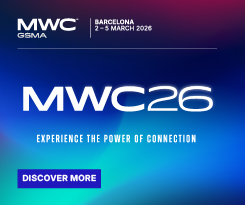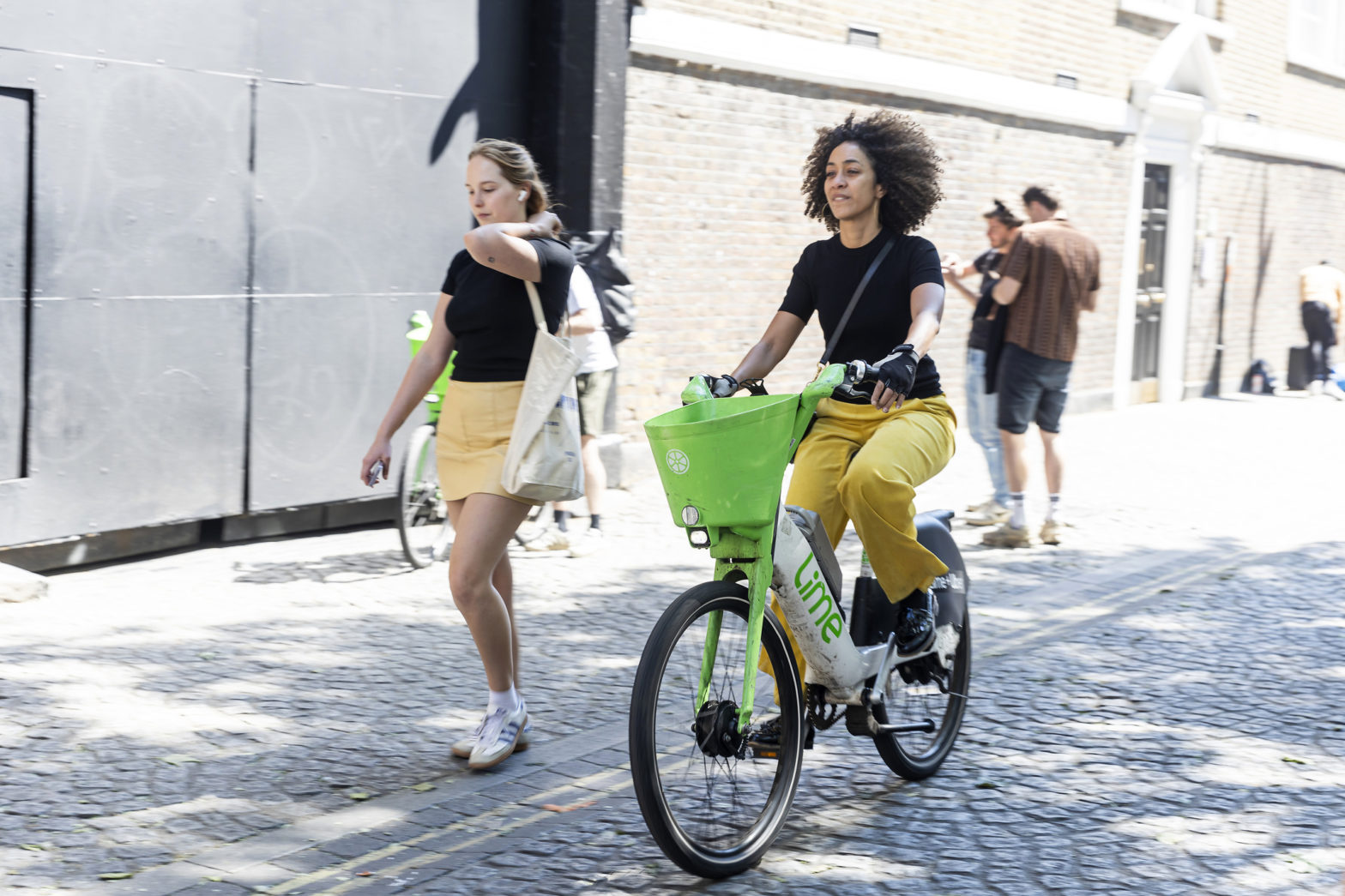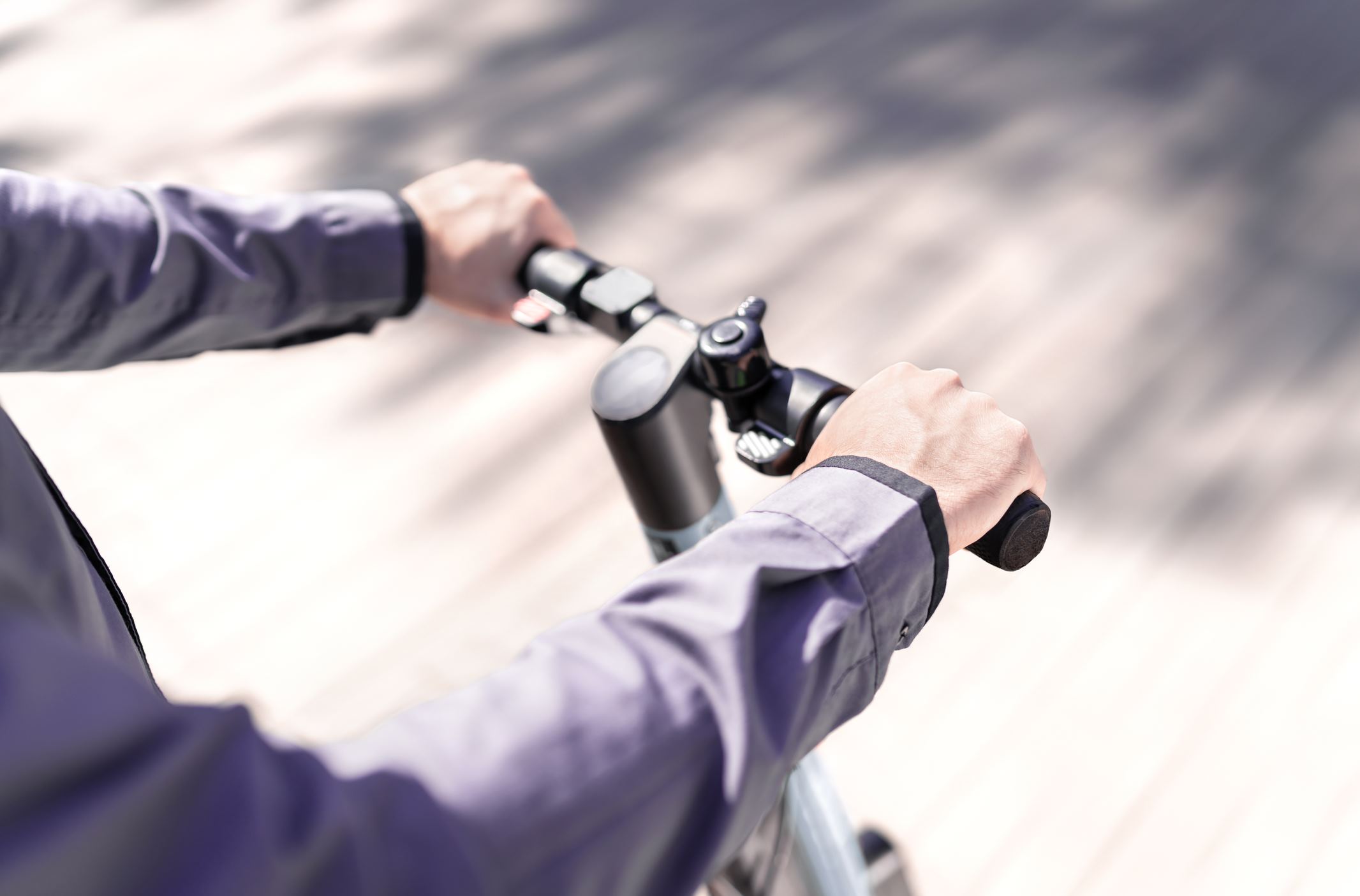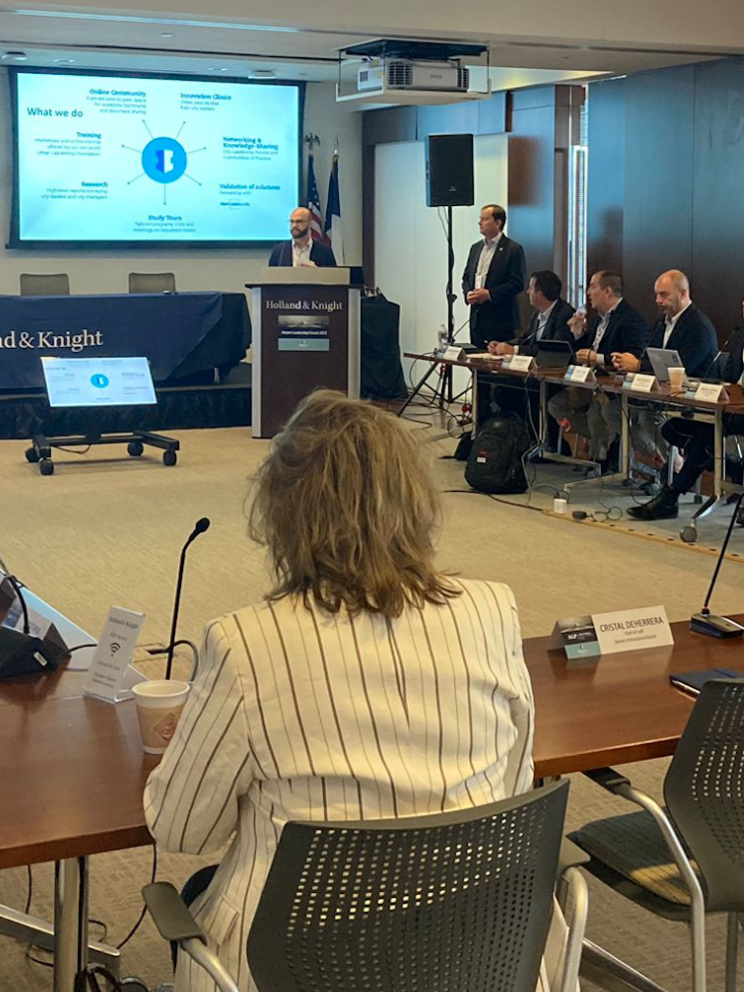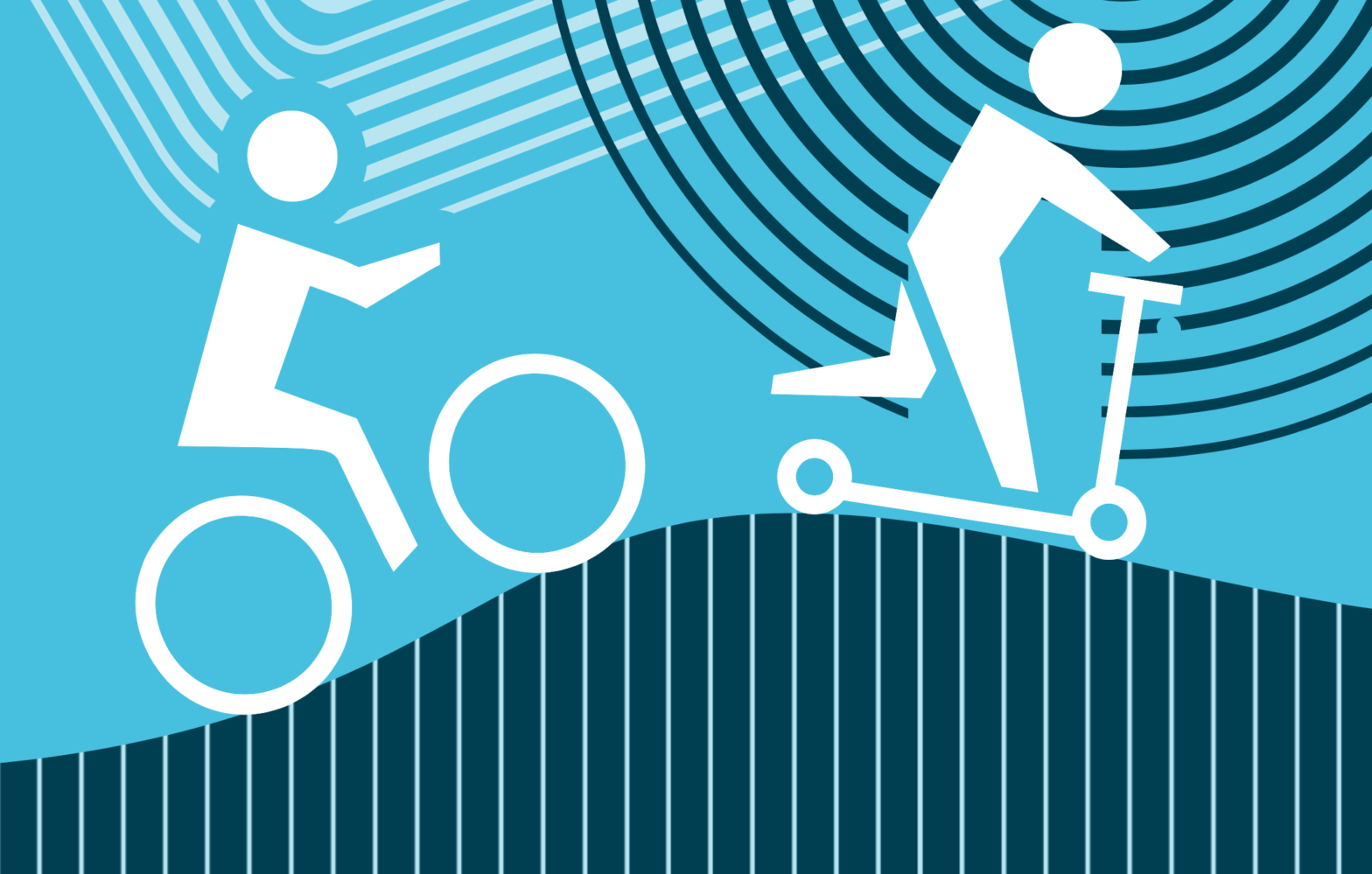
Micromobility report shows rising demand, funding and equity models in North America
16 August 2025
by William Thorpe
Shared micromobility across North America reached a new milestone in 2024, with 225 million trips taken – a 31 percent increase on the previous year. According to the North American Bikeshare and Scootershare Association’s (NABSA) sixth State of the Industry Report, this was the second consecutive year of record ridership.
Growth across cities of all sizes
In total, 415 cities hosted bikeshare or scootershare systems last year. While the number of participating municipalities dipped slightly from 2023, vehicle supply expanded 19 percent to 333,000. Electric devices led this growth: e-scooters accounted for 48 percent of the fleet, and e-bikes nearly half of all bikeshare vehicles.
“It’s amazing, but not surprising, to see how shared micromobility continues to grow and grow,” said Sam Herr, Executive Director, NABSA. “It is so clearly providing meaningful service to get people where they need to go, and not just in big cities. Smaller and mid-sized cities, rural and suburban communities, are all implementing shared micromobility to provide mobility options, improve public transportation, and create community vibrancy.”
Integration with transit and incentives
Seventy-four percent of riders reported using shared micromobility to connect to transit, with nearly one in five trips taken for this purpose. Cities are responding by developing integrated systems.
- Seattle rewards riders for ending trips at rail stations, while Redding, California includes 24/7 e-bike access in its transit pass.
- In Metro Vancouver, the RideLink platform enables users to plan and pay for multimodal journeys,
- and Michigan’s Mobility Wallet brings together micromobility and bus services under one payment system.
Funding and operations
The report also underscores the importance of public funding and policy support. Forty-seven percent of systems are publicly or non-profit run, and 20 percent of agencies relied on state or federal grants in 2024. At the same time, fees applied to operators vary significantly. Agencies reported per-trip charges averaging US$0.18, annual per-vehicle fees ranging from US$5 to US$250, and one-time permit fees as high as US$250,000.
Ownership structures remain diverse: while large multinationals such as Lime, Bird, Spin and Veo operate across multiple markets, most operators run only one system. In 2024, the number of single-system operators grew to 61 percent.
“Shared micromobility is a sound and good investment for communities of all sizes. Aligning public funding and policy support with its growing scale and success is key to sustainable operations moving forward,” Herr said.
Parking, space and compliance
Managing public space remains a pressing concern. NABSA’s report highlights the role of corral density, noting compliance improves significantly when parking is available every 200 metres. Cities are deploying a mix of approaches: nearly three-quarters use education campaigns, 69 percent apply virtual geofenced zones, 63 percent designate physical parking areas, and 18 percent require users to “lock-to” a rack or post.
Electrification and environmental impact
Electrification is reshaping the sector. By 2024, 79 percent of systems included e-devices, and 66 percent of trips were made on them. E-bike ridership surged to a record 64 million trips, while e-scooter trips climbed to 85 million. Operators are also shifting their operations, with 39 percent now using electric vehicles for rebalancing and more than half sourcing renewable energy for charging.
Shared micromobility’s environmental contribution is substantial. By replacing car trips, systems avoided more than 101 million pounds (46 million kg) of CO₂ emissions in 2024 alone – bringing the five-year total to 403 million pounds.
Equity, employment and outcomes
Equity remains a priority: 70 percent of US systems now include at least one equity requirement, and nearly half of all systems offer adaptive vehicles, up from 31 percent in 2023. Discounted fares average 76 percent below full price, and 78 percent of systems allow alternatives to smartphone payments.
Outlook
As cities balance competing demands on streets and budgets, NABSA stresses that sustained investment is essential. With usage rising in large and small municipalities alike, the sector is positioned as both a mobility service and a community asset.
Image: NABSA



